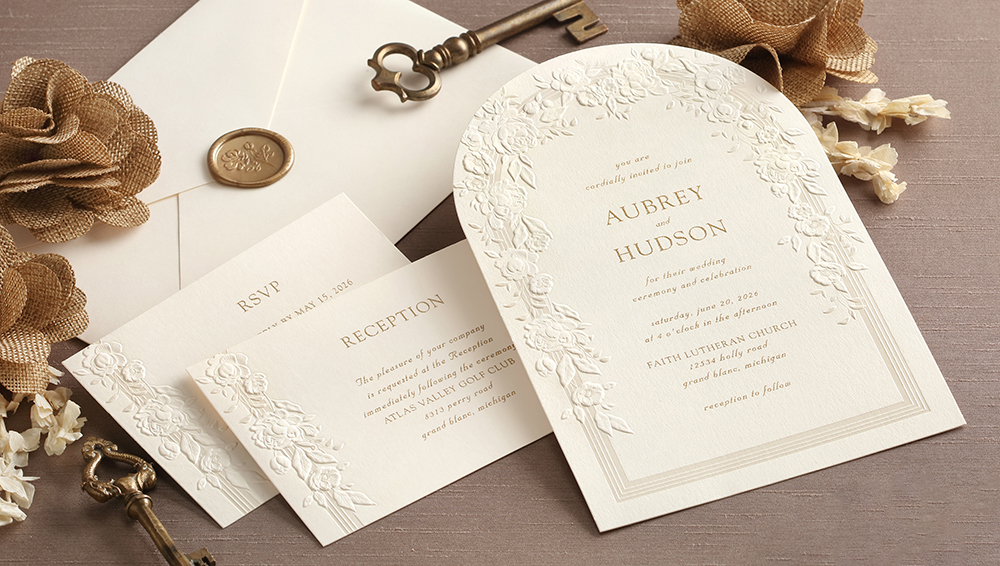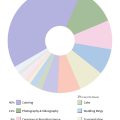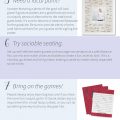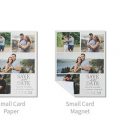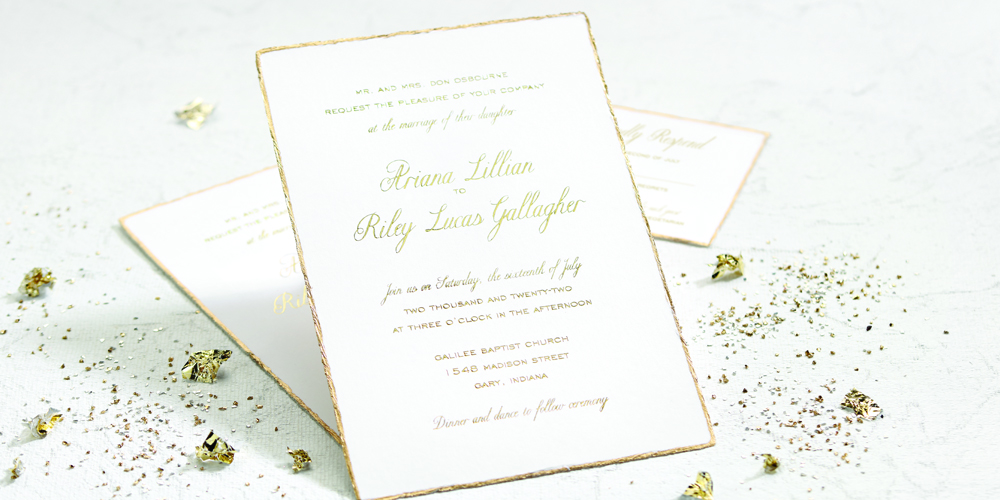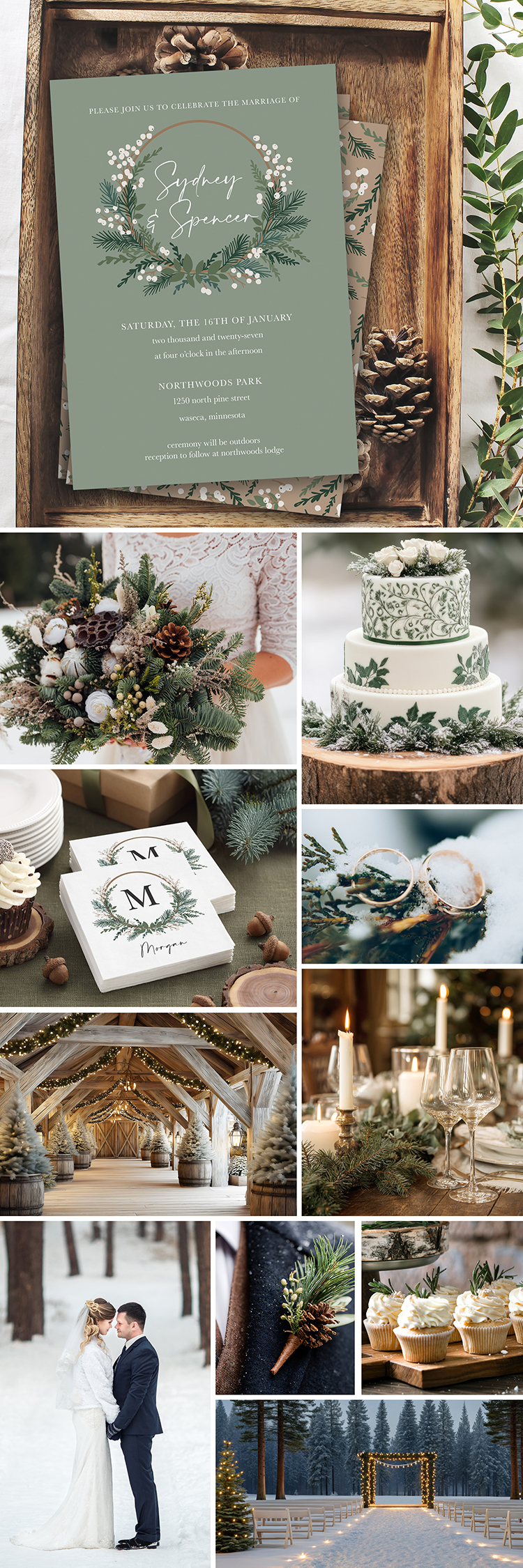Adding a textured design to wedding invitation paper automatically adds elegance and style. Read on to learn how embossing and debossing takes a wedding invitation to the next level.
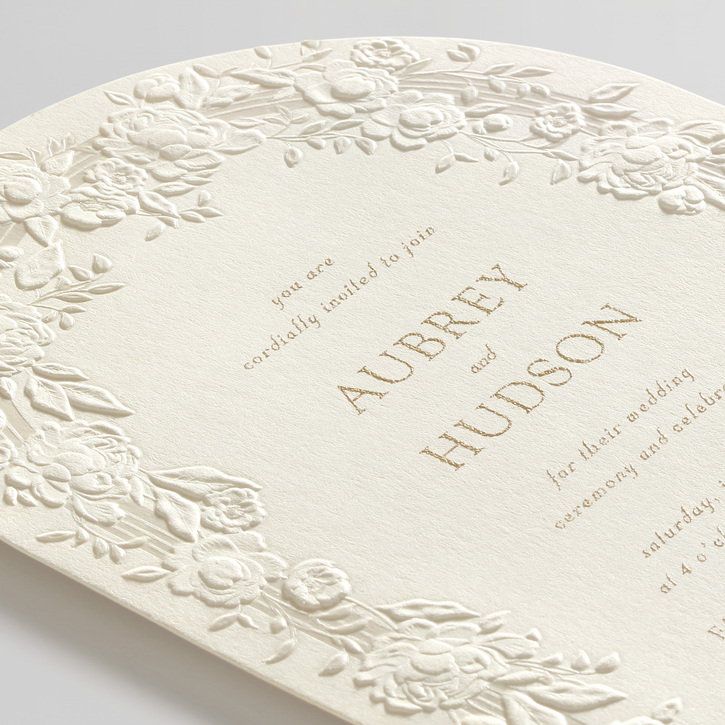
What it is: This technique involves pressing the back of the paper against a raised die, resulting in a luxurious three-dimensional effect.
What it does: Embossing adds an exquisite touch to wedding invitations by creating a raised design. Whether it’s elegant floral motifs or intricate typography, embossing enhances the aesthetic appeal and tactile experience of the invitations, making them truly unforgettable.
The result: Embossed invitations provide elegance that you can see and feel.
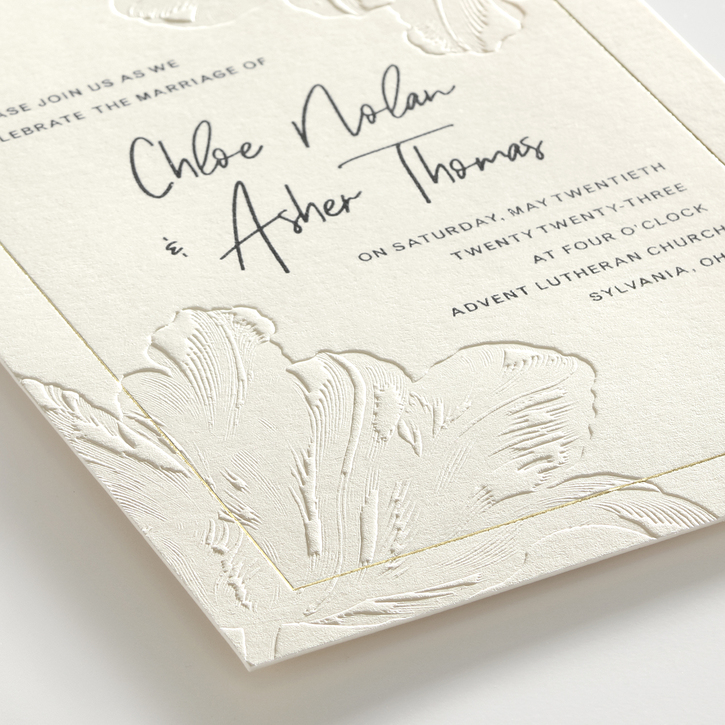
Debossing
What it is: A die presses the design into the front of the paper, creating an impression.
What it does: Debossing lends an air of sophistication to wedding invitations by pressing designs or text into the paper, creating a subtle yet captivating depth. This technique creates recessed patterns that exude elegance and refinement.
The result: Debossed Invitations provide a textured look you’ll love.
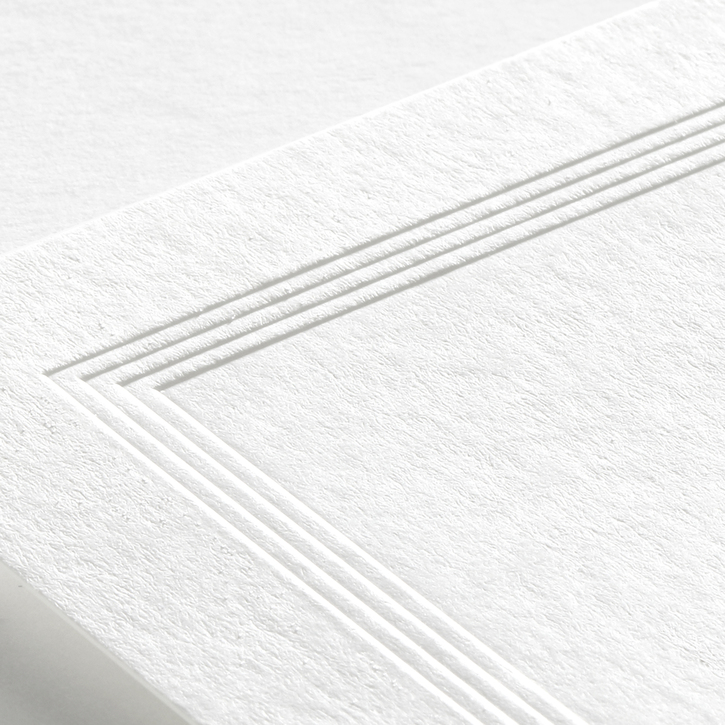
Blind or tinted? Blind embossing and debossing involve creating raised or recessed designs on paper without adding ink or foil. Coloring or tinting embossing consists of applying ink to enhance the visual impact of the embossing. In both cases, the designs can be minimalist or intricate, ranging from timeless and traditional to eye-catching and modern. Flat areas within textured designs are often reserved for printing wording, adding understated drama to panel invitations.
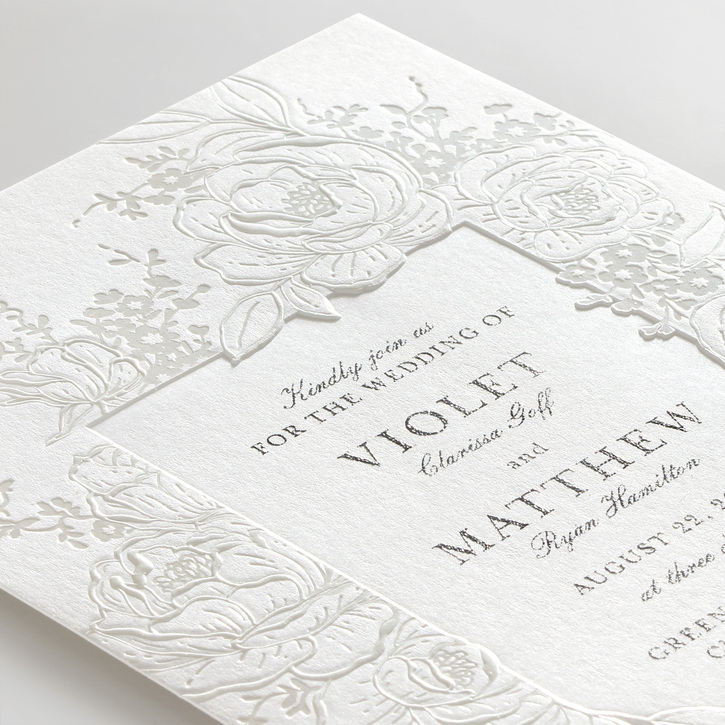
What are print pairings?
Embossing and debossing can be combined with other print processes, like foils and colored inks, with stunning results. Above, peonies embossed with lustrous pearl foil create a beautiful border that extends into the debossed panel containing the wedding details. Below, embossing enhances the laser cut design of a luxurious wrap that pairs beautifully with a simple printed card.
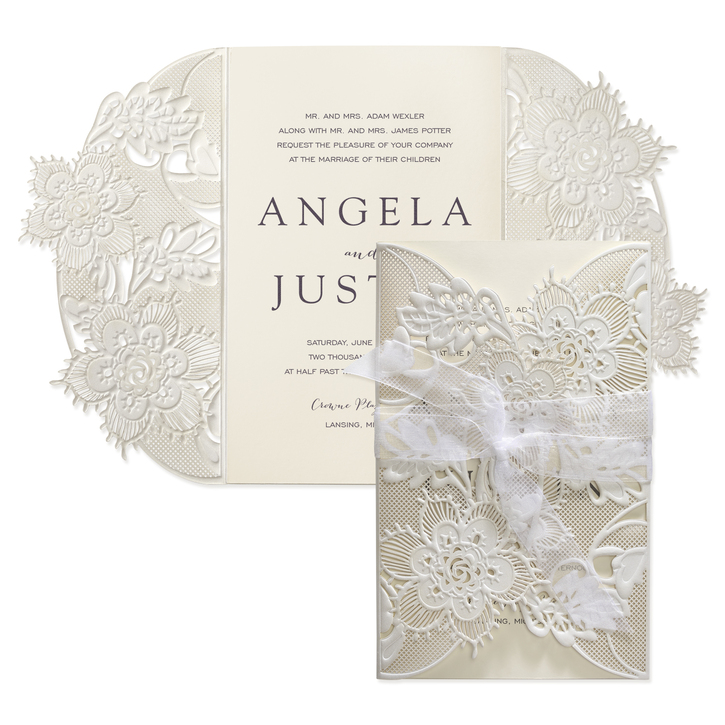
Featured Items:
Ornamental Arch Reception Card; Ornamental Arch Invitation; Floral Expression Invitation; Adorning Floral Invitation; Delicate Lace Invitation – Ecru Shimmer Wrap

